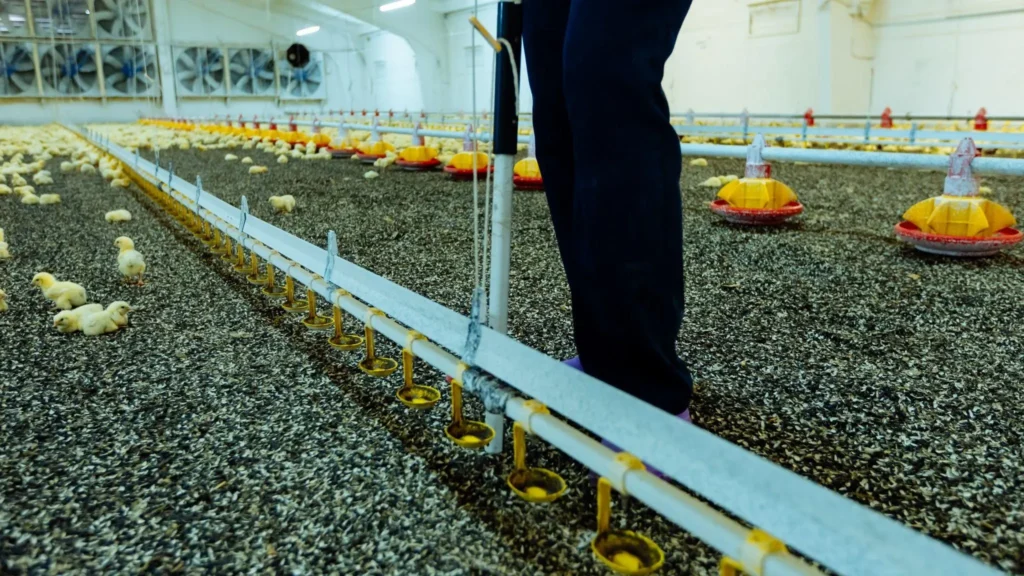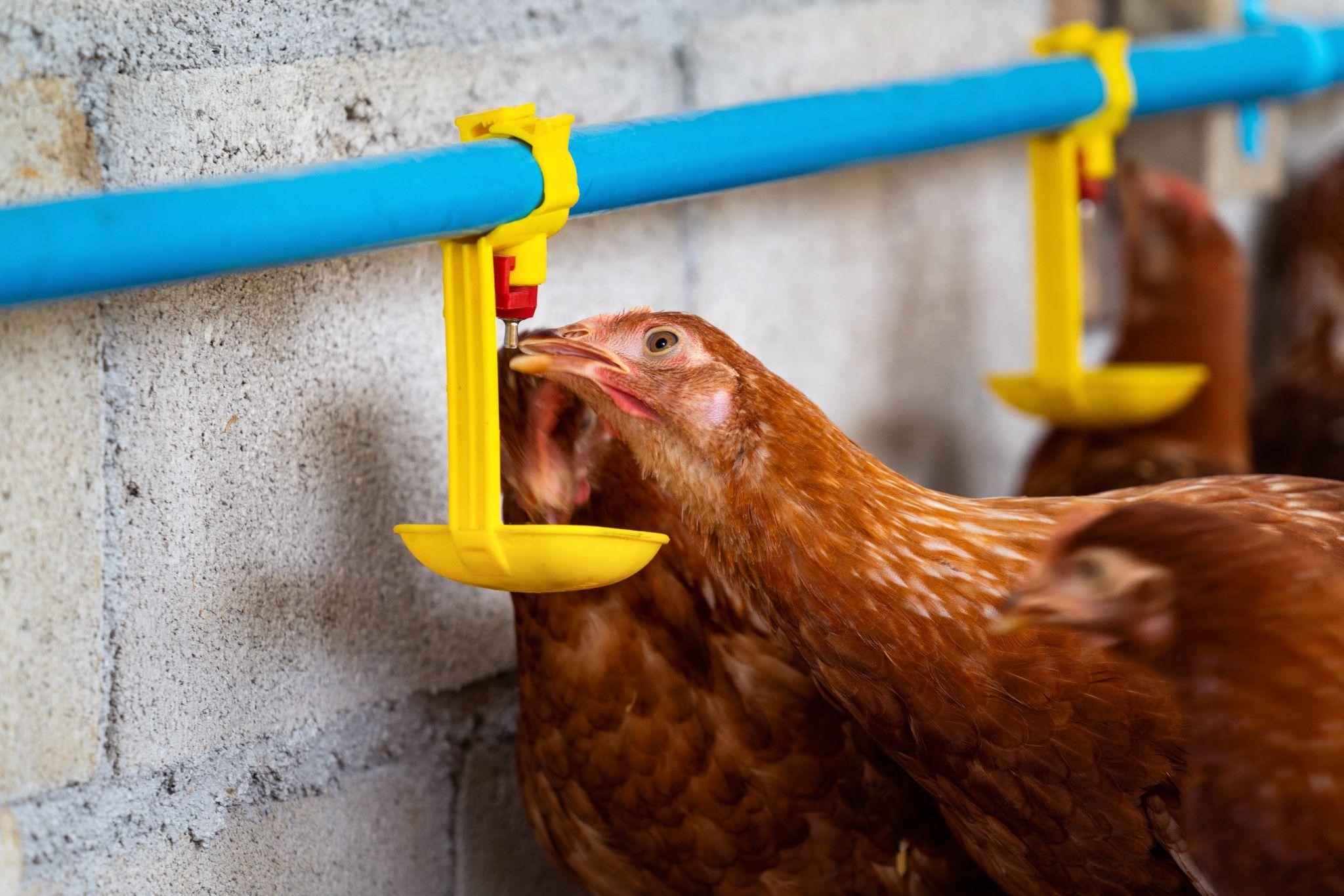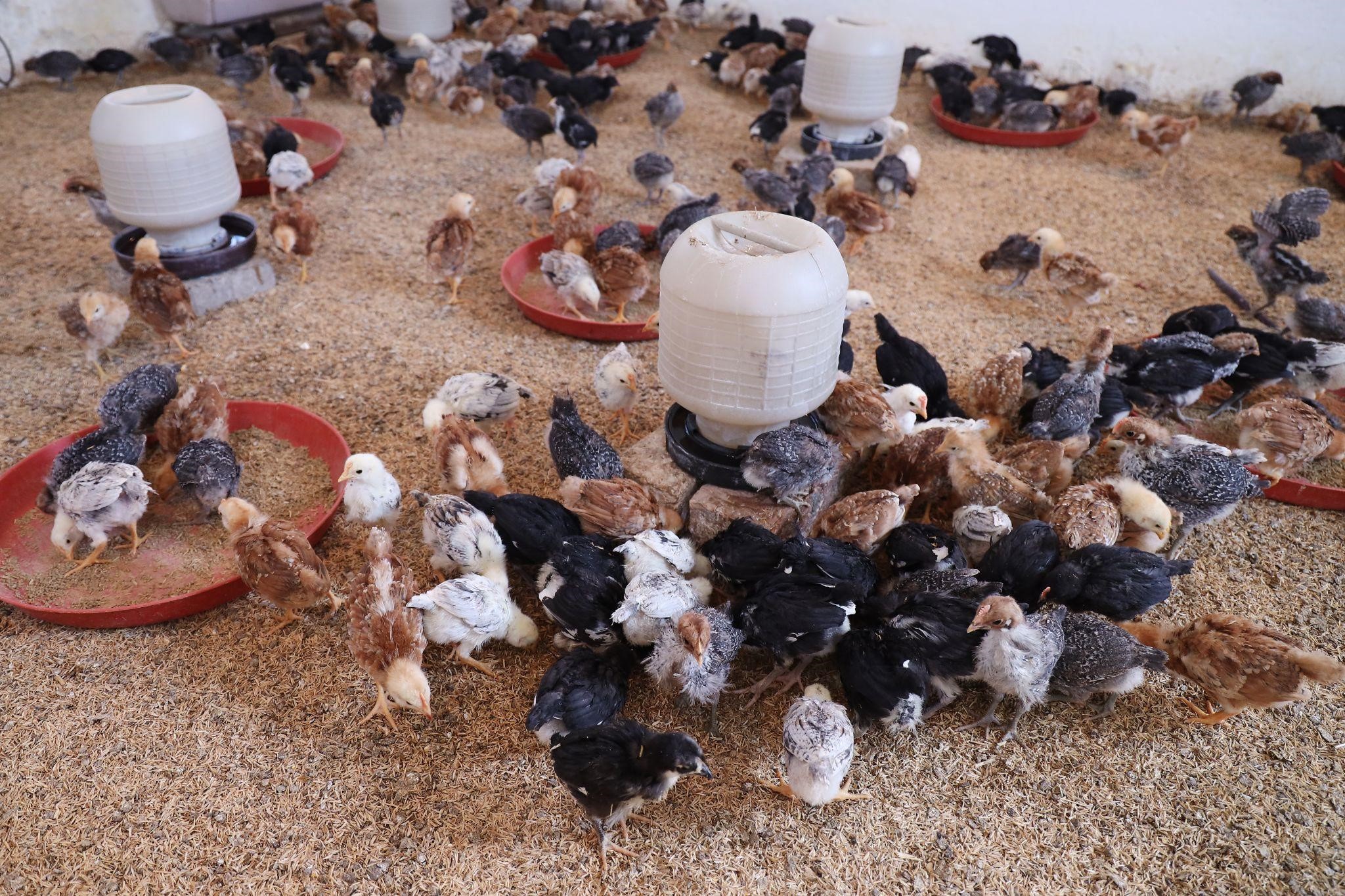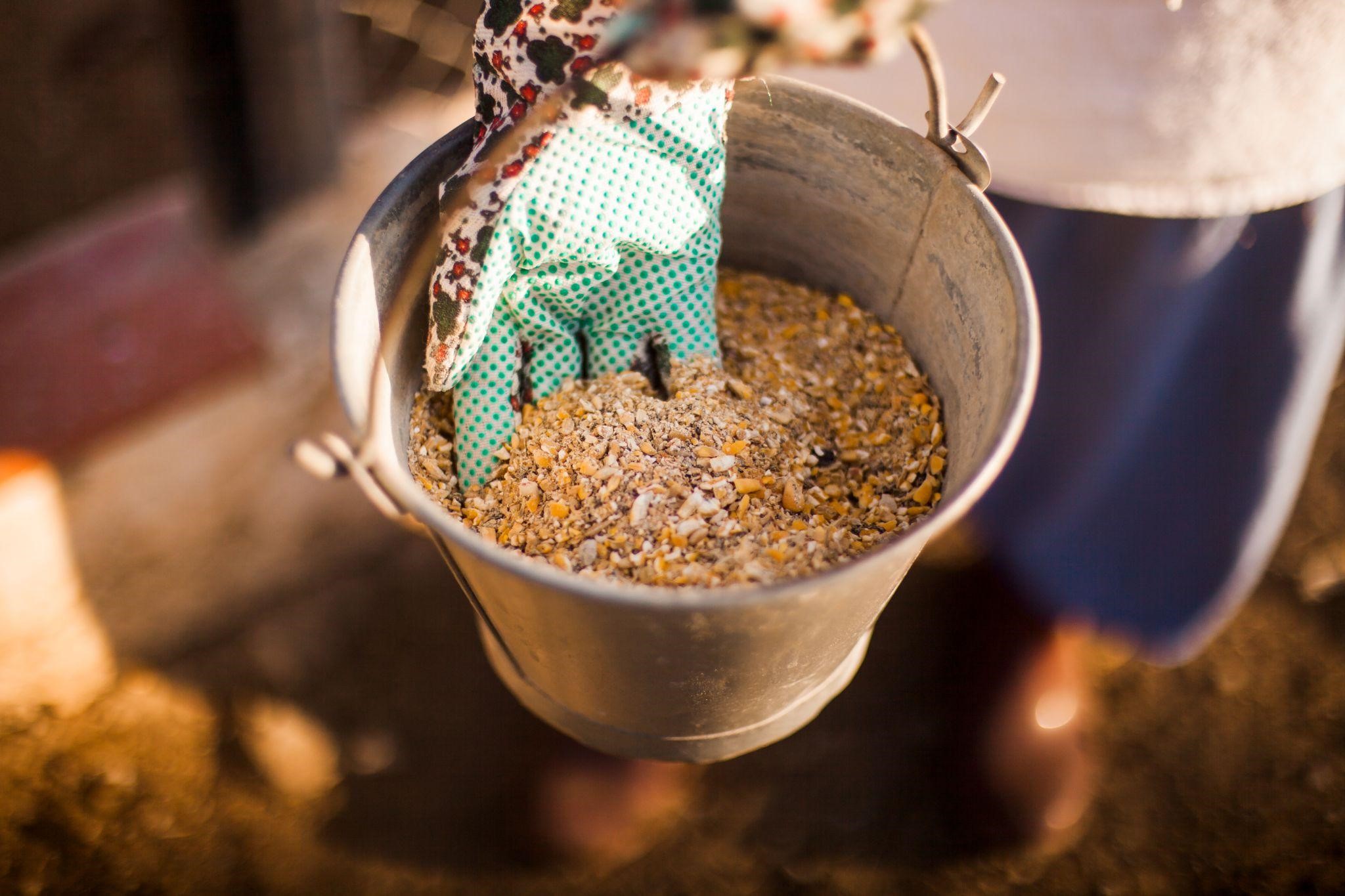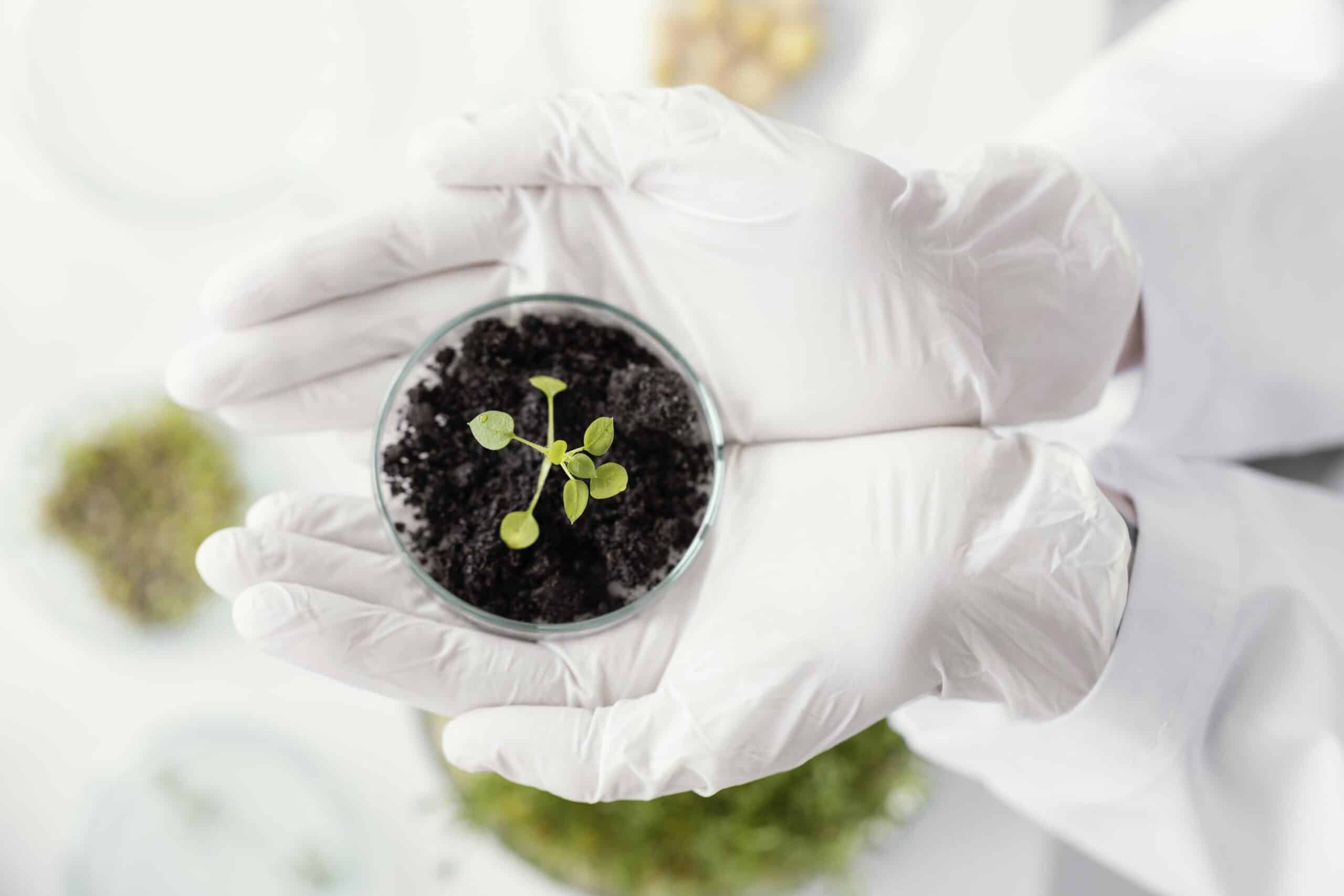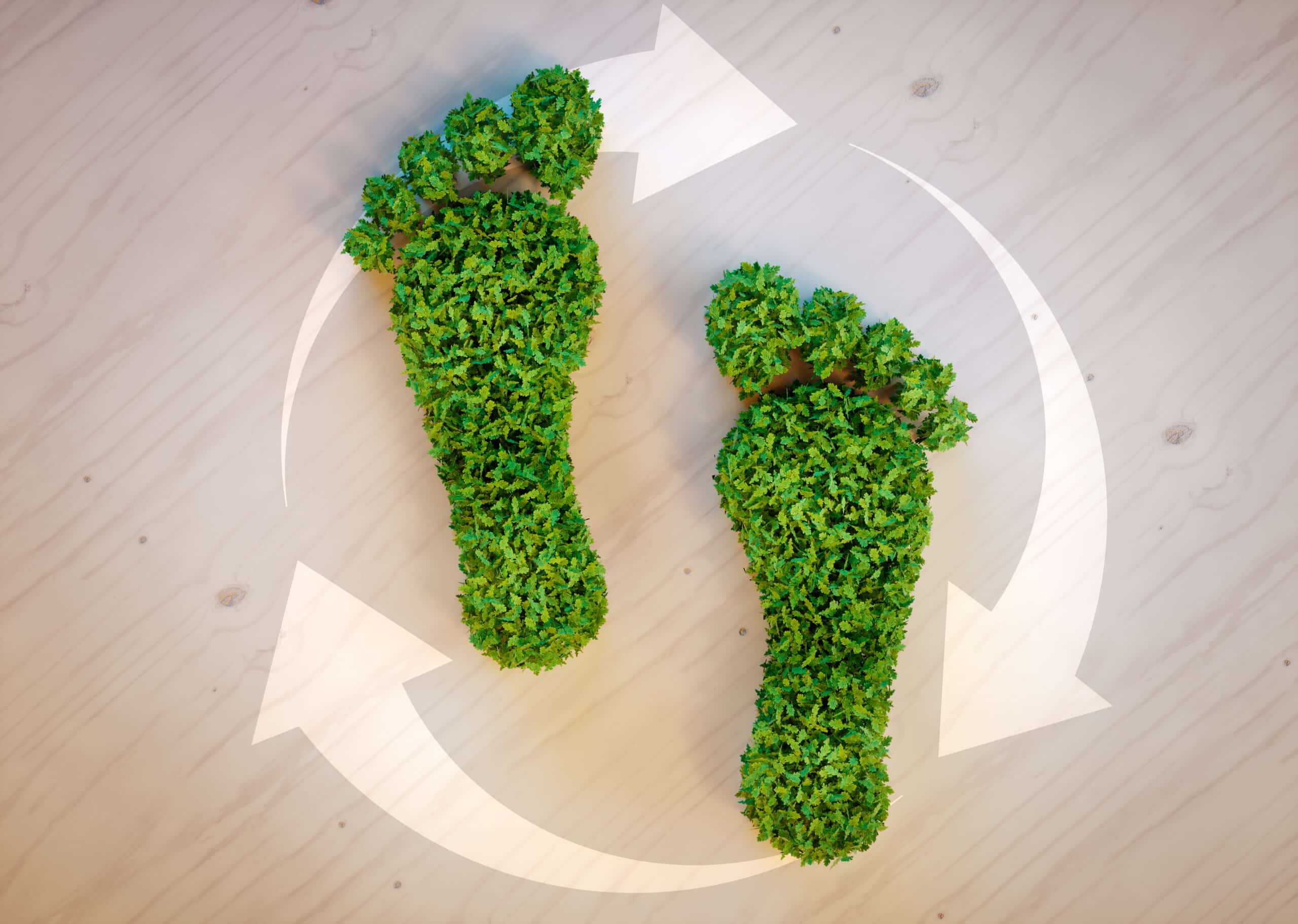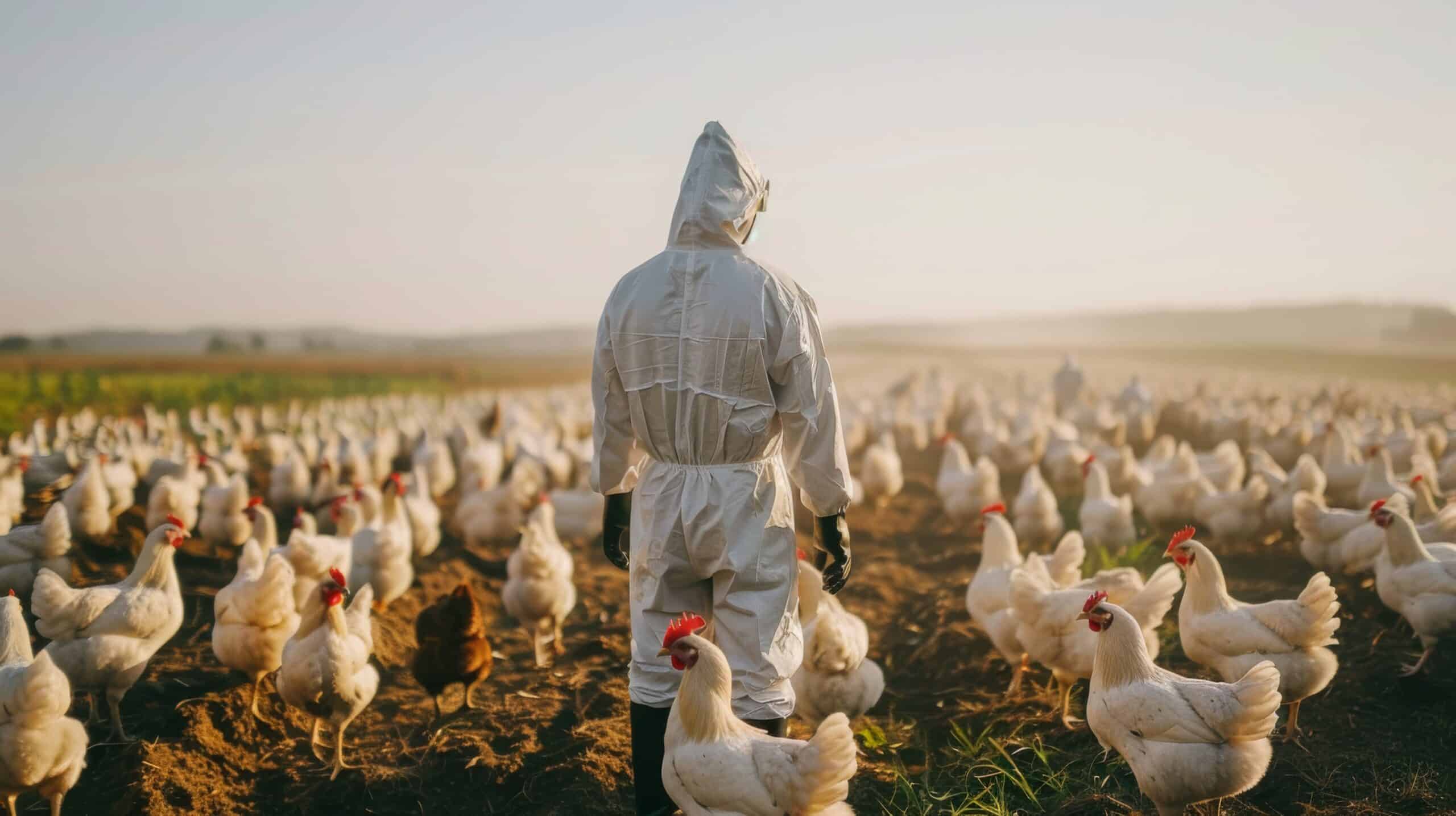Effective litter management in poultry is crucial for ensuring optimal bird health. While producers prioritise proper nutrition and clean water to keep their poultry birds healthy, litter conditions in housing systems often go overlooked. Unfortunately, poor poultry litter management practices can lead to an increase in ammonia levels, which may cause health issues such as pododermatitis, footpad burns, and breast blisters. Conversely, good litter management in poultry not only enhances bird performance but also benefits poultry nutritionists and integrators, contributing to overall profitability.
Litter, a mix of materials like shavings, rice hulls, manure, feathers, and other components, acts as vital bedding for poultry birds. However, its tendency to retain moisture makes regular monitoring crucial to ensure it stays dry and supports the birds’ health. When litter becomes excessively moist and clumps together, it forms caking. This issue arises when moisture fails to evaporate due to insufficient ventilation in the housing. Prolonged periods of poor ventilation—not just a few hours—can significantly contribute to this problem, impacting both the litter quality and the birds’ health.
Factors Influencing Litter Conditions
There are three primary factors that need to be considered for litter management in poultry farm.
- Litter Moisture
- Greasy Capped Litter
- Nitrogen In The litter
1. Litter Moisture
Litter management in poultry is crucial for maintaining bird health, particularly in preventing issues like burnt hocks. Litter moisture plays a significant role in the occurrence of burnt hock problems. Typically, burnt hocks are uncommon when the litter is dry and friable. Effective litter management involves addressing factors such as drinker design, air exchange rate, litter material and depth, stocking density, diet, and flock health, all of which significantly influence litter moisture levels. Wet litter leads to the degeneration of outer scales on the hocks and feet, particularly at pressure points. As birds grow heavier and their mobility declines, the pressure on these points increases, resulting in prolonged contact with the litter. Consequently, males are more susceptible to the effects of poor litter management and wet litter than females.
2. Greasy Capped Litter
Excessive or poor-quality fat in the feed increases the fat content in the feces, which in turn raises the fat levels in the litter. This causes the litter to lose its friability more rapidly, leading to the formation of a hard cap. As a result, the pressure points on the bird’s legs and breast become more susceptible to damage.
3. Nitrogen In The Litter
Effective litter management in poultry is essential to prevent severe issues such as burnt hocks and footpad dermatitis. Research indicates that severe burning is more likely when the nitrogen content in the litter exceeds 5.5%. Proper litter management practices include monitoring nitrogen levels and addressing the factors contributing to its elevation. If litter nitrogen levels are high, it is advisable to review the quality and quantity of protein in the feed, as this often correlates with increased litter moisture content. Maintaining optimal litter conditions is a cornerstone of successful litter management in poultry, promoting healthier flocks and better overall welfare.
Good Quality Poultry Litter Management Practices To Follow
Effective litter management in poultry requires careful attention to several key steps.
1. Drinker Design And Management
The design and the management of the drinker’s performance are the key factors hampering litter conditions in poultry as it is one of the prime factors that affect the litter moisture.
Litter management in poultry plays a vital role in maintaining a healthy environment for broilers. Broilers consume approximately two pounds of water for every pound of feed, amounting to over 50,000 gallons per 20,000-bird house per flock. Only about 20% of this water contributes to growth, with the majority being excreted as manure, increasing litter moisture. Proper ventilation is essential to remove this added moisture and prevent litter caking. Once caking begins, reversing the process becomes challenging, often requiring excessive ventilation, which can lead to increased gas usage during cold weather and elevated energy costs throughout the year.
In addition to ventilation, poultry nutritionists and caretakers should prioritize drinker design as a key component of poultry litter management. Installing drinkers at the optimal height ensures birds can easily access water while minimizing wastage. Properly adjusted nipple or cup drinking systems can significantly lower litter moisture levels by up to 7%, demonstrating the importance of a comprehensive approach to litter management in poultry.
2. Air Quality And House Environment
In poultry houses, three factors—environmental temperature, ventilation rate, and humidity—must be managed together due to their interdependent nature. Effective control of these factors should ideally be integrated. Humidity levels within the poultry house are influenced by the size and number of birds, their respiratory output, and the relative humidity of incoming air through the ventilation system.
When indoor humidity exceeds 70%, the litter’s moisture content rises, creating less favourable conditions. The goal is to maintain relative humidity between 50% and 70% by ensuring adequate ventilation and adding heat when necessary. Ventilation rates must also be sufficient to keep ammonia levels below the threshold of 25 ppm. In colder weather, this may require additional heating to balance ventilation and maintain optimal conditions.
Preventing cool, moist air from settling on the litter is crucial, and this can be managed with proper inlet design and control systems. Soggy litter often indicates areas where air has tumbled down from ridge inlets or overly wide eave inlets.
Poultry house roofs and walls must be well-insulated to avoid condensation, with insulation achieving a U-value of 0.4 W/m²°C or better. To protect the insulation from deterioration, a vapor seal should be installed between the birds and the insulating material unless self-sealing insulation is used. Additionally, cool water pipes and tanks should be properly lagged, and dwarf walls should be insulated. Ideally, the house’s concrete floor should include a waterproof membrane to prevent rising damp.
3. Proper Ventilation To Reduce Ammonia
For poultry litter moisture management to reduce ammonia ventilation is necessary. However, growers often underestimate ammonia levels when relying solely on sight and smell. Long-term exposure can desensitize them to ammonia, making it challenging to assess levels accurately. This can negatively impact bird performance and pose significant health concerns in human as well.
Litter pH plays a critical role in ammonia release and should ideally be below 7 to minimize volatilization. Untreated litter, however, typically has a pH around 8 or higher. To address this, many growers apply acidifying treatments to the litter before flock placement to lower pH during the flock’s initial days. Unfortunately, these treatments are generally effective for only 10 to 14 days, and reapplication is impractical once birds are in the house, making long-term pH control challenging.
4. Quality Of Litter
The choice of litter material plays a critical role in litter management in poultry, with wood shavings being the most effective option and chopped straw as a common alternative due to its increased absorbency. Recently, pelleted and treated products have gained popularity, requiring less depth than traditional wood shavings or straw.
Ideally, bedding materials should be absorbent, lightweight, non-toxic, and cost-effective, with high moisture absorption and release properties to minimize caking. Experts recommend deep litter management in poultry for the better health of birds.
While material quality and availability vary regionally, pine shavings and sawdust remain popular despite rising costs and periodic shortages, prompting the need for suitable alternatives. Regardless of the material, consistent management is key—friable litter with a temperature of 27°C promotes bacterial breakdown, whereas capped, cold litter may require fresh topping to avoid wet contact and ensure bird health, especially in cases like flocks with wetter droppings. However, alternative materials must be carefully evaluated for performance, residue risks, and their potential as fertilizer to prevent contamination of broiler tissues.
5. Nutrition And Feed
As a part of litter management in poultry nutritionists must focus on dietary factors that increase water consumption in birds often result in wet litter, posing significant health risks. Key nutrients must be maintained within optimal levels to prevent these issues:
- Sodium and chloride: Use sodium bicarbonate alongside salt to avoid excess.
- Potassium: Monitor sources like molasses, manioc, and excess soybean meal.
- Crude protein and amino acids: Excess protein not only raises litter moisture but also increases nitrogen excretion, worsening conditions like burnt hocks. Protein quality and amino acid balance must be carefully optimized, with enzymes like β-glucanase improving cereal digestibility in feed.
- Fats: Essential for dietary energy, fat quality and composition impact faecal fat levels, which can lead to litter capping at lower moisture levels. Optimal ratios of saturated and unsaturated fats are critical, as saturated fats are less digestible, especially in young birds.
It’s crucial for feed formulators to understand that the effects of nutritional imbalances are cumulative, emphasizing the importance of a well-balanced diet for bird health and litter management.
6. Deep Litter Management In Poultry
Deep litter management in poultry offer a natural advantage by enabling the recycling of nutrients. As chicken droppings mix with litter, bacterial and chemical actions synthesize vitamins like B2 (Riboflavin) and B12, along with minerals such as niacin, phosphorus, potassium, magnesium, sodium, and calcium. Birds often ingest small amounts of this enriched litter, compensating for minor nutrient deficiencies in their feed. This recycling ensures better nutrient balance compared to cage rearing, where such natural supplementation is absent. Consequently, cage-reared poultry require meticulously balanced diets to meet all nutritional needs.
Easy Tips to Follow For Litter Management In Poultry
- Choose a material that quickly absorbs moisture from droppings and dries rapidly.
- For litter management in poultry, ensure the litter resists caking and is free from mold growth.
- Select litter free of sharp objects and harmful materials, ensuring it is non-toxic, inert, and compressible.
- Opt for litter with good insulating properties to protect chicks from extreme temperatures.
- Biodegradable materials can later be used to supply nutrients to birds and form quality manure.
- Favour medium-sized particles that are soft, lightweight, and not overly dry to avoid excessive dust.
- Test litter quality by pressing a handful tightly; good litter breaks apart when released, while overly moist litter forms a ball.
- Prioritise cost-effective, locally available options to maintain sustainability.
Revolutionary phytogenics are transforming poultry care by offering a natural and effective way to maintain gut health, which is pivotal for overall bird health. Phytogenic supplements improve digestive efficiency, enhance nutrient absorption, and reduce wet droppings, directly addressing one of the primary causes of poor litter conditions. Adding phytogenic supplements to bird’s diet is also an effective litter management in poultry that must be followed by poultry nutritionists. By promoting a balanced gut microbiota, phytogenics minimize the risk of harmful pathogens, creating a healthier environment for the flock. These plant-based solutions not only support optimal bird performance but also contribute to sustainable poultry farming practices.
Read More:
Common Types of Respiratory Diseases in Poultry
How to prevent and reduce stress in poultry
Natural remedies for viral infection in poultry and farm animals







.png)












.png)



